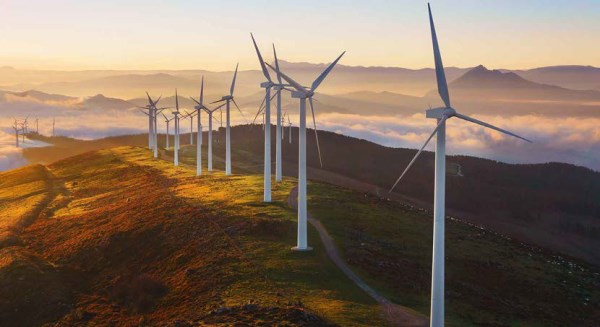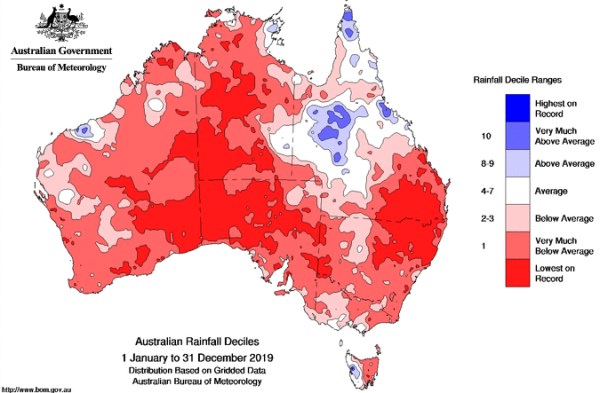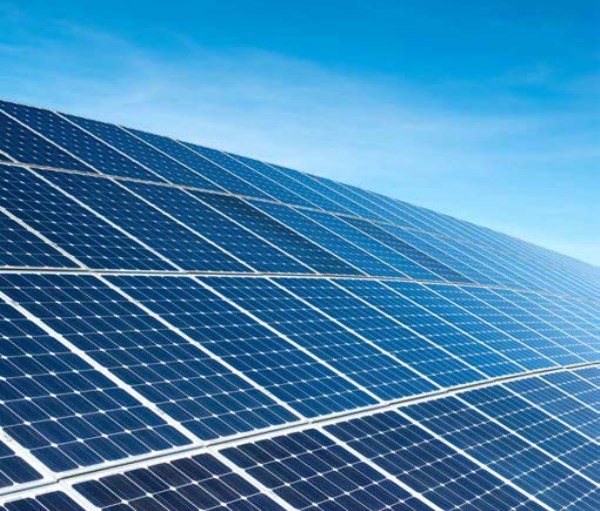‘Coal to Renewable’: What Are You Doing to Meet Your Clients’ Expectations?

The intensity of the bushfires that ravaged Australia over Summer highlights the undisputable fact that we must progress towards a cleaner, greener and more sustainable way of meeting our nation’s energy needs.
Whether or not you agree with this statement, you can’t argue that the intensity of this season’s bushfires was unprecedented, leading to an increasing expectation among the broader community to deliver a sustainable and lower carbon emission source of energy.
In this article, we explore what’s driving the community’s concerns, international influences, Australian targets and, as strata managers, how you can answer questions from the communities you manage.

2019 annual rainfall compared to historical rainfall observations. (Source: Australian Government Bureau of Meteorology)
The Australian 2019 Landscape
In January 2020, the Australian Bureau of Meteorology released its 2019 Annual Climate Statement showing 2019 was both the warmest and driest year on record for Australia since records have been kept.
■ Australia’s mean temperature in 2019 was 1.52°C above average, the warmest since 1910.
■ National average rainfall in 2019 was 277mm, the lowest since 1900.
While the February rainfalls have provided recent relief to some of the drought-stricken areas, the extremes experienced in Summer are unprecedented, and have raised longerterm community concerns.
The Paris Agreement & Australian Government
Communities from Australia and around the world are increasingly demanding a sustainable energy future. There has been much discussion in the media about the Australian Government and the ‘commitment’ to the Paris Agreement.
Emissions targets set in the Paris Agreement work within the United Nations Framework setting long-term temperature goals by keeping increases in global average temperature capped to 2°C above pre-industrial levels.
The Australian Government notes it is committed to taking strong action on climate change and is implementing its own policies to reduce emissions and adapt to the impacts of climate change in the context of coordinated global action. The emissions target is to reduce greenhouse gases through “direct action” with emission reduction strategies, renewable energy productivity planning and efficiency.
Strata Managers, What Does This Mean for You?
Be prepared to receive these sorts of questions from Committee Members:
■ How do we reduce our energy usage?
■ We want to reduce our emissions; can you please advise?
■ Will sustainable energy cost us more? We have listed a few obvious areas to focus on, however it will depend on what’s best for your buildings:
■ Energy efficiency measures, such as
■ Light upgrades,
■ Lighting motion sensors,
■ Window tinting, and
■ Energy usage monitoring and management;
■ Solar;
■ Purchasing green or renewable energy;
■ Introduction of embedded networks.
Energy efficiency measures such as LED lighting upgrades and energy usage monitoring can provide many benefits, often financial paybacks are within a reasonable timeframe.
Solar is a direct way to reduce energy through a clean, green and sustainable source, however, it may be difficult to fund and retrofit.
What about renewable energy or carbon offsets and are they are more expensive than coal? These are a quick way to reduce your emissions footprint without capital outlay, and do not need to be more expensive.
Green energy production includes sources such as solar, wind and hydro. Additional environmentally sustainable fuel sources such as biomass are also at the forefront of energy production, creating sustainable energy practices that are cost effective and certified renewable.
Introduction of embedded networks into strata can also provide an opportunity for enhanced renewable energy generation with the introduction of scaled-up solar and battery storage.
What is Renewable Energy?
Renewable energy is produced using natural resources that are constantly replaced. Just as there are many natural sources of energy, there are many renewable energy technologies. Solar is one of the most well known, wind power is one of the most widespread, and hydropower is one of the oldest. Other renewable technologies harness geothermal energy, bioenergy or ocean energy to produce heat or electricity.
What is GreenPower®?
GreenPower is a government accredited program that enables your electricity provider to purchase renewable energy on your behalf, which produces no net greenhouse gas emissions.
GreenPower independently audits the renewable energy sector to ensure that when GreenPower is purchased, the energy you are buying is helping to develop new infrastructure in the renewable energy sector. This means that all the renewable energy purchased for GreenPower must come from generators built since 1997.
Examples of energy generation not included in the scheme:
■ Pre-existing renewable energy generation prior to 1997;
■ Hydro power where significant river diversions have taken place to build the hydro station;
■ Biomass using native rainforests;
■ Coal seam gas; and
■ Types of non-renewable generation including coal fired, natural gas, oil and nuclear.
Where to From Here?
Most electricity in Australia comes from generators that burn coal and only a small percentage comes from renewable sources such as the sun, wind, water and biomass.
The Australian Government is not going to meet our targets without direct action from us all. Regardless of your view on the current government’s policies and objectives, the strata industry must act now, and strata managers can influence committees, help support our renewable energy industry and most importantly, reduce carbon emissions.
We can all make a difference. Let’s start today!

View Comments
(0)